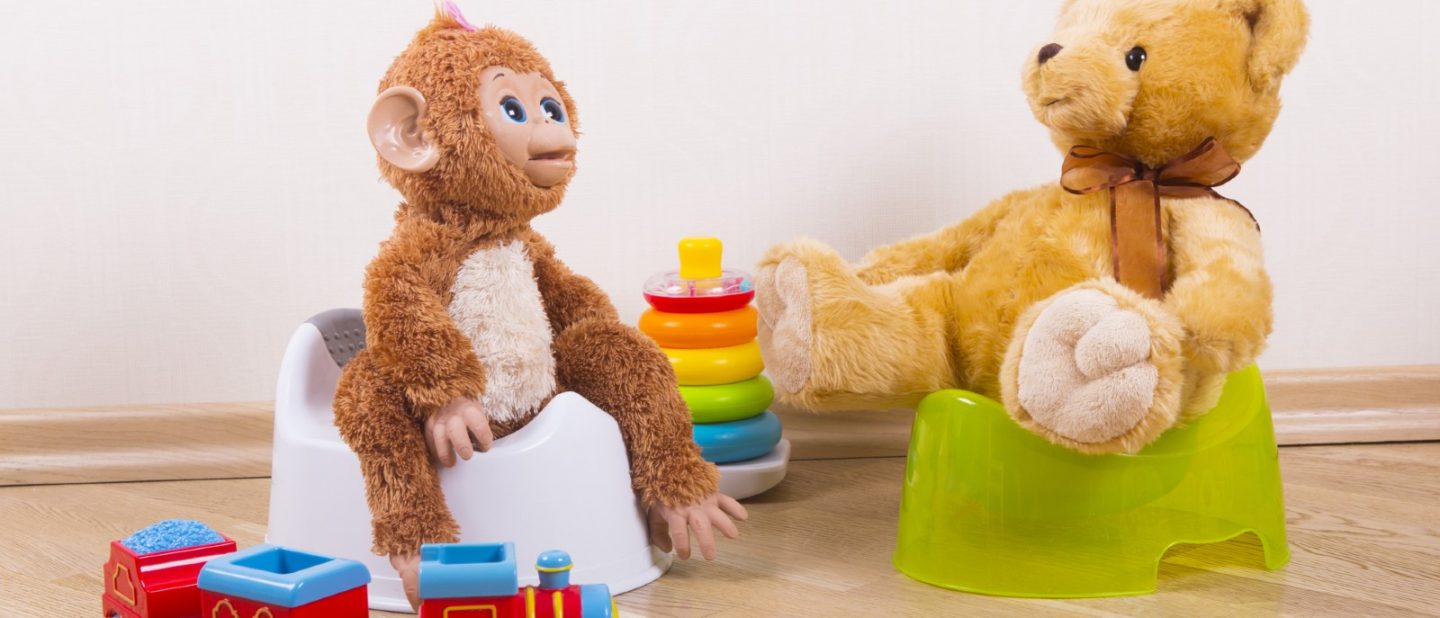
OT tips: Toilet training for children and young people with a developmental disability
Learning to use the toilet is an important developmental skill for all children.
For some children and young people with a developmental disability, there are often additional challenges, and toilet training can become a very long and frustrating process. However, with perseverance and consistency many of these children can become clean and dry.
A developmental disability should not become a barrier to learning toileting skills.
But why is toilet training important?
There are clear benefits for your child to become clean and dry including; improved skin hygiene and physical comfort, a sense of independence and personal responsibility, as well as a wider social acceptability. There are also benefits for your family with the reduced burden of managing the continence needs of a growing child. Mostly, however, having a continent child will give your family greater opportunities to travel and engage in a wider variety of community activities. Individualised and consistent daily routine is the best approach overcome toileting problems.
Tips for Toilet Training
1. Seek advice
Speak to a health professional such as a continence nurse advisor, an occupational therapist, psychologist or physiotherapist who has experience with managing toileting difficulties in a child with a developmental delay or disability.
2. Consider your child’s daily diet and fluid intake
Not enough fluid or fibre in the diet can lead to constipation, a significant contributor in toileting avoidance and can cause a child to develop withholding patterns.
3. Modify the toilet and bathroom environment
Consider equipment to enable your child to be able to access the toilet more easily, such as a smaller insert seat and toilet step. It is important to manage the sensory environment and remove or avoid anything that may distress your child. Create an interesting toileting environment that your child will want to spend time in. Stay close, and use conversation, a song, or a small toy for example to encourage sustained and relaxed sitting time on the toilet.
4. Set daily toilet time routines
It is helpful to keep a toilet timing record chart to note your child’s natural toileting patterns. It is most likely that your child will want to use the toilet soon after waking and after snack and meal times, so plan prompted toilet times when your child is most likely to want to use the toilet. Watch for child’s behavioural or verbal cues that may indicate a need to go. Your child may move to a quiet location, stand still or become restless or fidgety. Move them quickly and calmly to the bathroom but be careful not to force your child as that can lead to resistance.
5. Use clear communication cues
Make sure to use clear, concise and unambiguous language. Say” “toilet time” as opposed to asking “do you need the toilet?” Visual cues such as sign language can be helpful. Reduce cues and assistance as your child becomes more independent with their toileting.
6. Manage wetting and soiling as a positive teaching opportunity
7. Be consistent
Ensure your child’s school and respite follow the same toileting routine as you do at home.
8. Allow time
Be persistent and patient as you support your child to become continent. Debbie explains these tips in much more detail on an excellent video available on the Continence Foundation’s website at www.continence.org.au/pages/support-forcarers.
By Debbie Atkins, occupational therapist and toilet training consultant.






